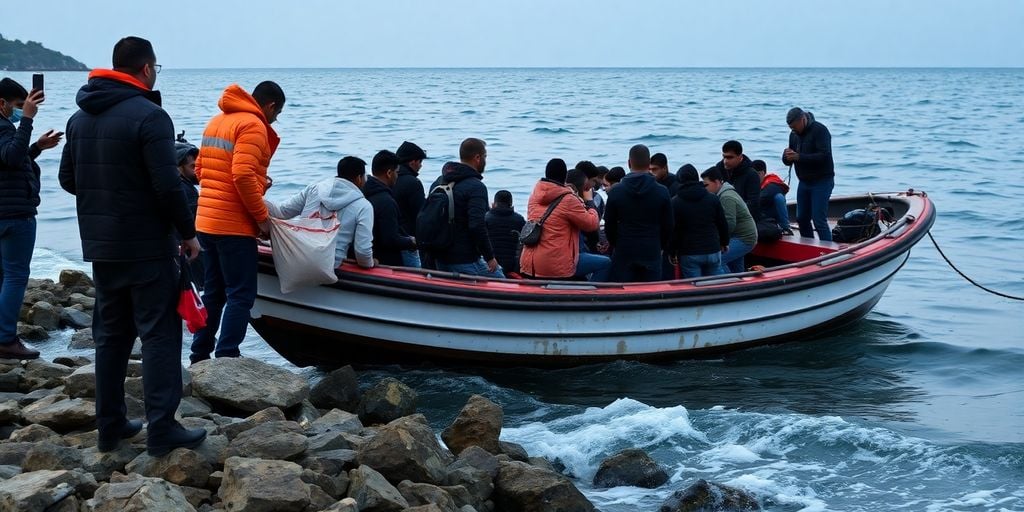Italy has resumed the transfer of rejected migrants to detention centers in Albania, marking a significant step in its controversial migration policy. This move comes despite ongoing legal challenges and criticism from human rights organizations regarding the treatment of migrants and the legality of the transfers.
Key Takeaways
- Italy has begun transferring rejected migrants to Albanian detention centers, a first for an EU country sending migrants to a non-EU nation.
- The transfers are part of a broader strategy to manage migration flows and reduce the number of asylum seekers in Italy.
- Legal challenges persist, with Italian courts questioning the safety of Albania as a destination for migrants.
Background of the Migrant Transfer Scheme
In November 2023, Italy and Albania signed a controversial agreement allowing Italy to establish two migrant processing centers in Albania. These centers are designed to house migrants intercepted in the Mediterranean Sea and process their asylum applications. However, the implementation of this agreement has faced significant hurdles, including legal challenges in Italian courts that have halted previous transfer attempts.
Recent Developments
On a recent occasion, the Italian navy vessel Cassiopea transported 49 migrants to the Albanian port of Shengjin. This marked Italy’s third attempt to transfer migrants under the new scheme. The migrants, primarily from Bangladesh, Egypt, and other countries, were initially rescued in international waters but were deemed ineligible for asylum in Italy.
Despite the government’s efforts, the legal landscape remains complex. Italian courts have previously ruled that migrants cannot be transferred to Albania if their home countries are not considered safe. This has led to a backlog of cases and uncertainty regarding the future of the transfer program.
Legal and Human Rights Concerns
Human rights organizations have raised alarms about the legality of the transfers, arguing that they violate international laws regarding the treatment of asylum seekers. Critics assert that the agreement sets a dangerous precedent by outsourcing migration management to a non-EU country, potentially undermining the rights of migrants seeking refuge in Europe.
The European Court of Justice is expected to rule on the legality of the transfers soon, which could significantly impact Italy’s migration policy. In the meantime, the Italian government has allocated substantial funds—approximately 650 million euros—to operate the centers over the next five years, indicating a strong commitment to this controversial approach.
Local Reactions in Albania
The establishment of the migrant centers has elicited mixed reactions within Albania. While some local communities see potential economic benefits from job creation associated with the centers, others express concern over the implications for human rights and the treatment of migrants. Activists in Albania have organized protests against the agreement, emphasizing the need for humane treatment of all individuals, regardless of their immigration status.
Conclusion
As Italy resumes its migrant transfer program to Albania, the situation remains fluid, with legal challenges and public opinion playing crucial roles in shaping the future of this initiative. The outcome of the European Court of Justice’s ruling will likely determine the viability of Italy’s strategy to manage migration flows and uphold the rights of asylum seekers in the region.
Sources
- Once-isolated Albania hopes for Israeli tourist boom with launch of El Al direct flights, The Times of Israel.
- Italy to reopen repatriation hubs in Albania, Euractiv.
- Italy sends rejected migrants to detention centers in Albania, ABC News.
- Italy sends migrants to Albania in third try to start scheme – DW – 01/31/2025, DW.
- Italy resumes migrant transfers to Albania, AP News.






